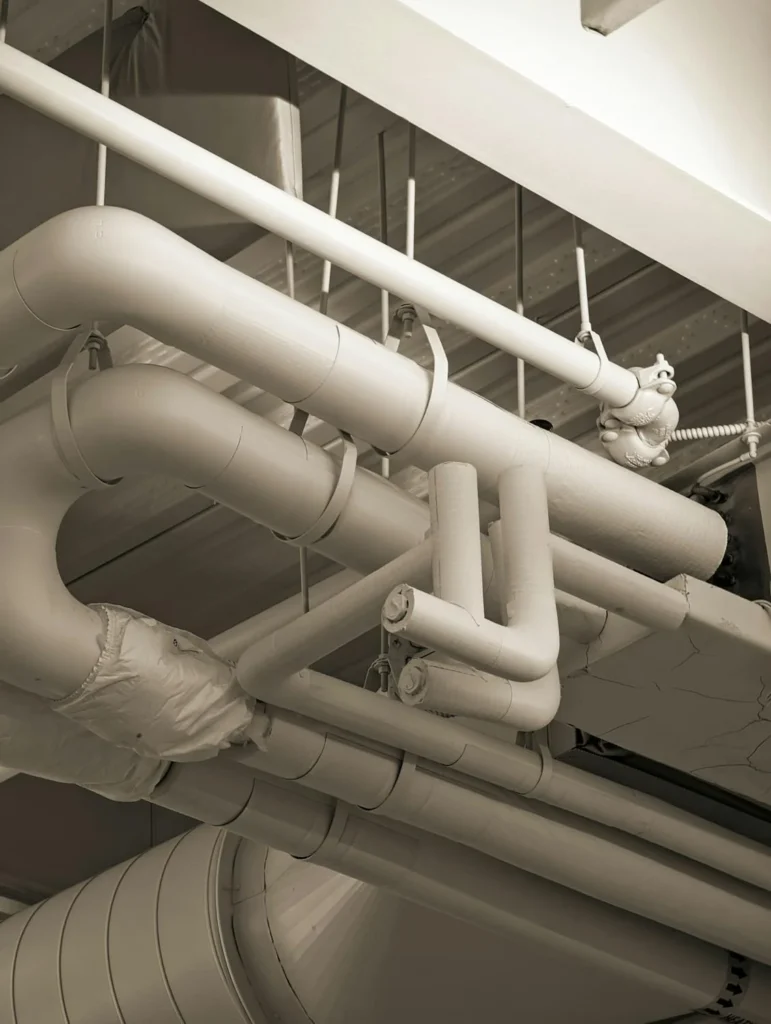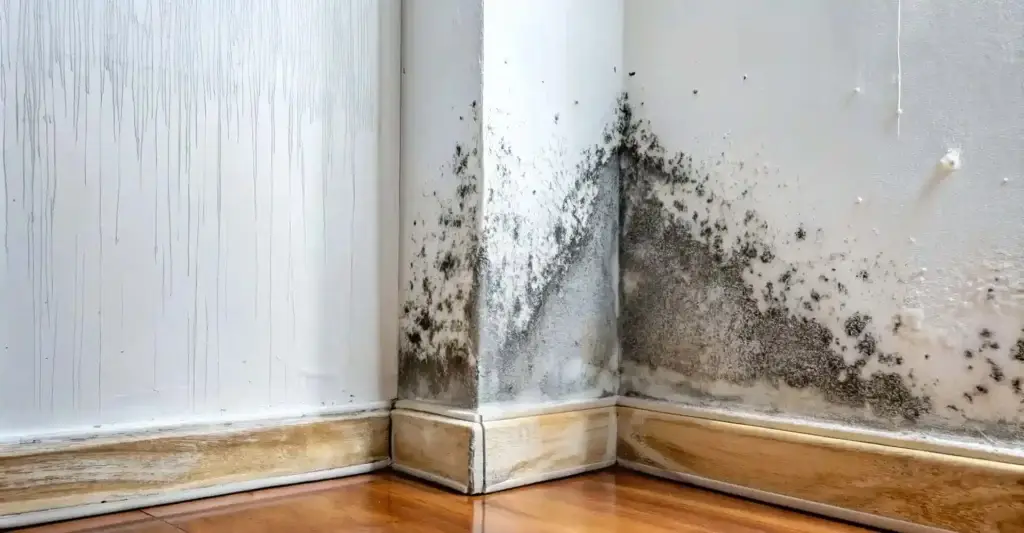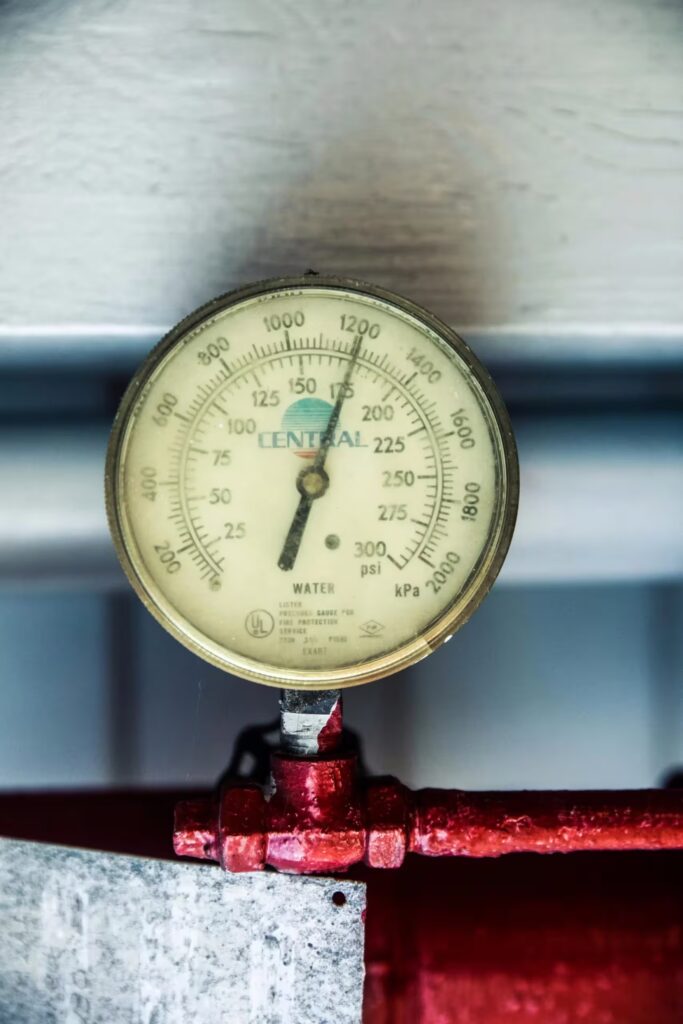Antiques often serve as cherished heirlooms, connecting us to our past and enriching our living spaces with their timeless beauty. However, beneath their aesthetic appeal, certain antiques may harbour hidden dangers, specifically, mercury. This toxic element was historically utilised in various antique items, posing potential health risks if mishandled or damaged. Understanding which antiques contain mercury, the associated health hazards, and the appropriate response to spills is crucial for ensuring safety in your home.
Unveiling mercury in antiques
Mercury, known for its unique liquid metal properties, was a favoured component in several antique items due to its density and stability. Notable antiques that may contain mercury include:
Grandfather clocks
In the quest for precise timekeeping, clockmakers of the 17th and 18th centuries often incorporated mercury into the pendulums of grandfather clocks. The mercury, contained within a sealed glass or metal vial, acted as a weight that swung at consistent intervals, ensuring accurate time measurement. These pendulums could contain substantial amounts of mercury, sometimes up to one litre. While intact and properly sealed, they pose minimal risk. However, over time, seals can degrade, leading to potential leaks and exposure.
Barometers
Antique barometers, instruments designed to measure atmospheric pressure, frequently utilized mercury due to its responsiveness to pressure changes. Early designs, such as the stick barometer, featured long glass tubes filled with mercury. In 1695, English clockmaker Daniel Quare patented the first ‘cistern’ barometer, a design sealed to prevent mercury spillage, enhancing safety and portability. Despite these advancements, the presence of mercury in antique barometers remains a concern, especially if the instrument is damaged or improperly handled.
Mirrors
The allure of antique mirrors often lies in their unique craftsmanship and historical significance. Historically, the process of creating reflective surfaces involved a technique called “mercury silvering,” where a tin-mercury amalgam was applied to the glass. Over time, deterioration of the amalgam can release mercury vapor, posing health risks to individuals in close proximity.
Health risks associated with mercury exposure
Mercury exposure can have serious health implications, affecting various systems within the body. The severity of health effects depends on factors such as the form of mercury, the dose, the duration of exposure, and individual susceptibility. Elemental mercury, commonly found in antiques, primarily poses risks through inhalation of its vapours.
Acute exposure
Short-term exposure to high levels of mercury vapor can lead to symptoms including:
- Coughing and breathlessness
- Chest pain or tightness
- Nausea and vomiting
- Diarrhoea
- Fever and chills
- Headaches
In severe cases, acute exposure can result in respiratory distress and damage to the lungs.
Chronic exposure
Prolonged exposure to lower levels of mercury vapor can have insidious effects, potentially leading to:
- Neurological disturbances:
- Tremors
- Irritability and nervousness
- Insomnia
- Memory problems
- Kidney damage
- Respiratory issues
- Skin rashes and dermatitis
Vulnerable populations, such as pregnant women, infants, and young children, are particularly susceptible to the adverse effects of mercury exposure. The World Health Organisation emphasises the importance of minimising mercury exposure to protect these groups.
Identifying mercury-containing antiques
Recognising antiques that may contain mercury is vital for preventing accidental exposure. Here are some indicators to help identify such items:
- Grandfather clocks: If your clock dates back to the 17th or 18th century and features a pendulum with a glass or metal vial, it may contain mercury.
- Barometers: Traditional stick or wheel barometers with glass tubes likely use mercury. The presence of a silver liquid inside the tube is a strong indicator.
- Mirrors: Antique mirrors with a reflective surface that appears tarnished or deteriorated might have been produced using mercury silvering techniques.
If you suspect an antique contains mercury, exercise caution and consider consulting a professional for assessment.
Safe handling and maintenance of mercury-containing antiques
Proper care and handling of mercury-containing antiques can mitigate the risk of exposure. Follow these guidelines to ensure safety:
- Regular inspection: Periodically examine items for signs of wear, corrosion, or seal deterioration.
- Minimise movement: Limit the relocation of such antiques to reduce the risk of damage. When movement is necessary, handle with extreme care.
- Controlled environment: Keep items in areas with stable temperatures and low humidity to prevent material degradation.
- Protective equipment: When handling these antiques, wear gloves and avoid direct skin contact. Remove any jewellery, as mercury can amalgamate with precious metals.
Final thoughts
While antiques add charm and historical value to our homes, it is crucial to recognise the potential dangers associated with mercury-containing items. By identifying at-risk antiques, understanding the health hazards, and knowing how to respond to a mercury spill, you can protect yourself and your family from mercury exposure. If you suspect an antique in your possession may contain mercury, consider consulting a professional for assessment and advice.
If you ever experience a mercury spill or have concerns about mercury exposure, do not hesitate to seek professional assistance. Your safety is paramount, and proper handling of mercury-containing antiques ensures that you can continue to appreciate their beauty without unnecessary risk.
If you have had a mercury spill at your premises, urgently contact one of the team at Ideal response.





















